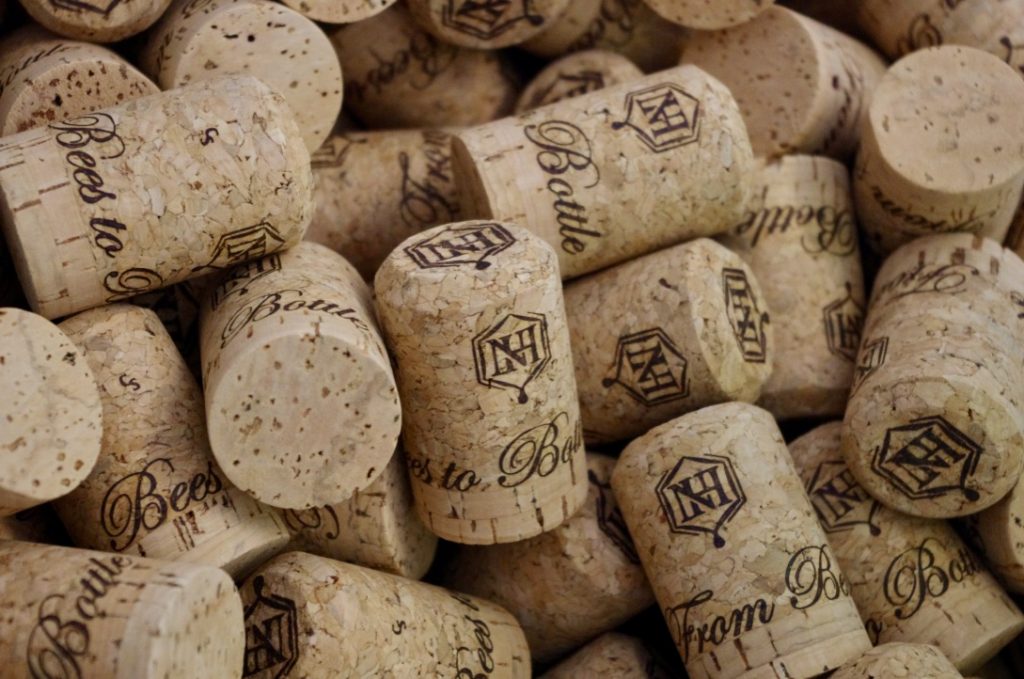Meadery
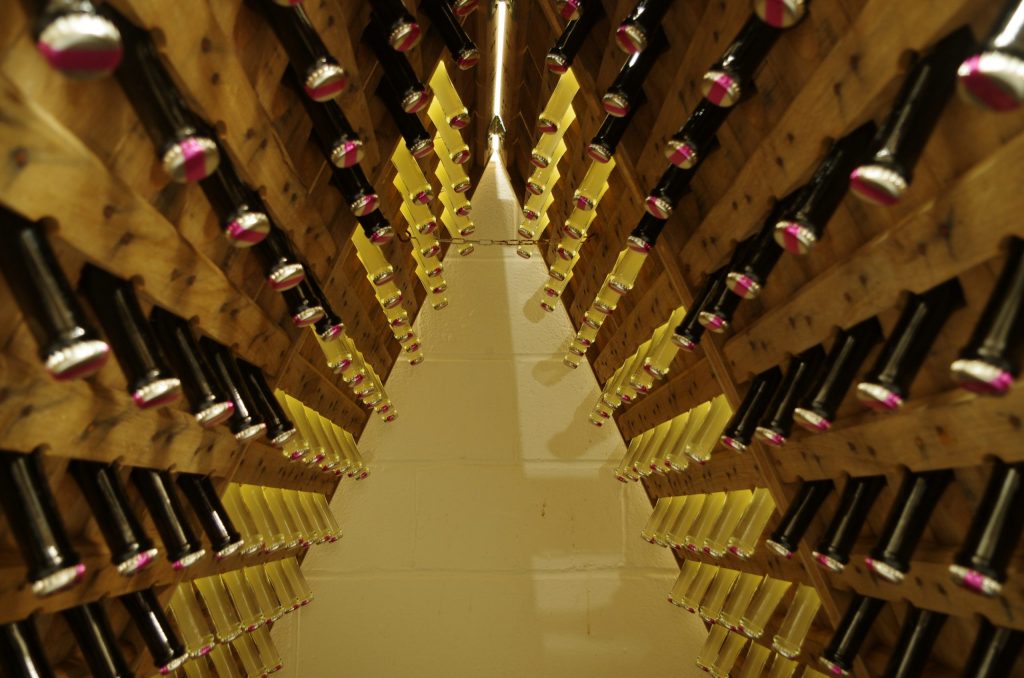
Meadery
Meadery is the word for where mead is produced. Similar to a winery being where wine is produced. The Meadery is at the heart of Northumberland Honey Co and is where thousands of bottles of mead are in process. Awaiting release for your enjoyment.
From Bees to Bottle, each variety of mead is it’s own vintage, with different years being better for honey depending on weather and how well the bees and flowers do.
Quality honey is the most key ingredient to a quality mead, which dictates the quality of mead a meadery produces.
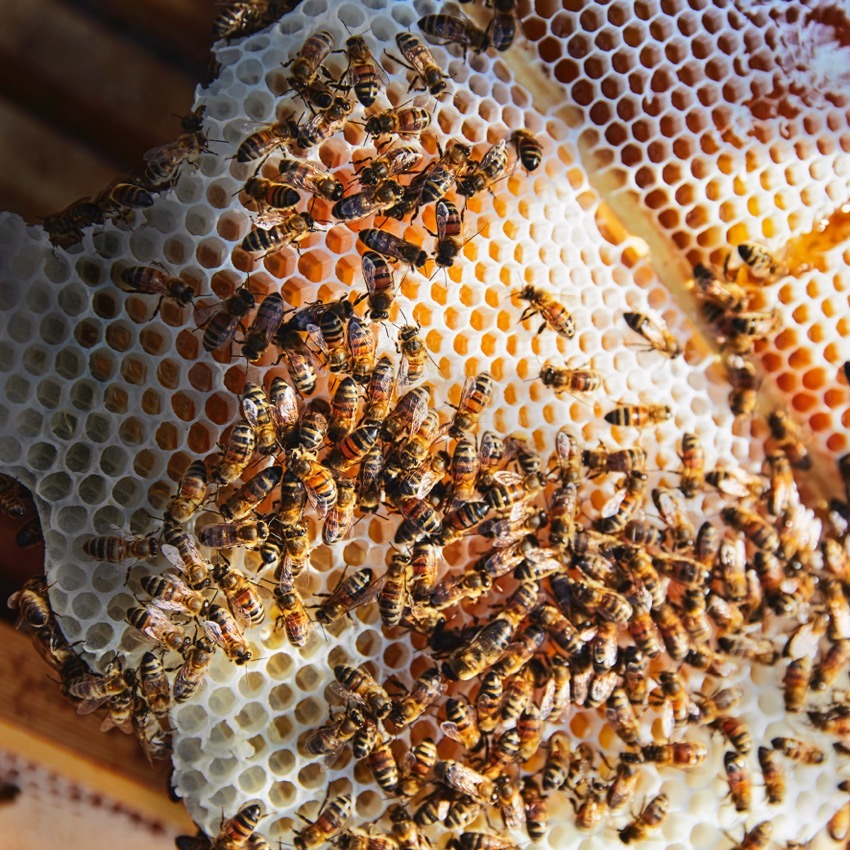
Honey For Mead
To begin the process of mead making, the honey is mixed with spring water from Northumberland. A primary fermentation occurs when the yeast converts the sugars in the honey into alcohol. Thereafter a period of ageing of around 1 year takes place, before the secondary fermentation begins.
The Traditional Method from Secondary Fermentation to Disgorging - Meadery
After the first fermentation , the ‘mead’ or base wine as it would be known in sparkling wine production, then goes into bottles for the second fermentation in the meadery.
When fermenting mead inside the bottle a whole new chemistry occurs, entirely different from when you start with grapes in wine or Champagne making.
Honey aromas and floral flavours are enhanced, and the sought after bubbles are formed.
The bubbles created are small and delicate, and with all the sugars made into alcohol, the result finishes dry, with a refreshing honey flavour.
Upto now, the process has taken at least 9 months some vintages are aged for 5+ years.
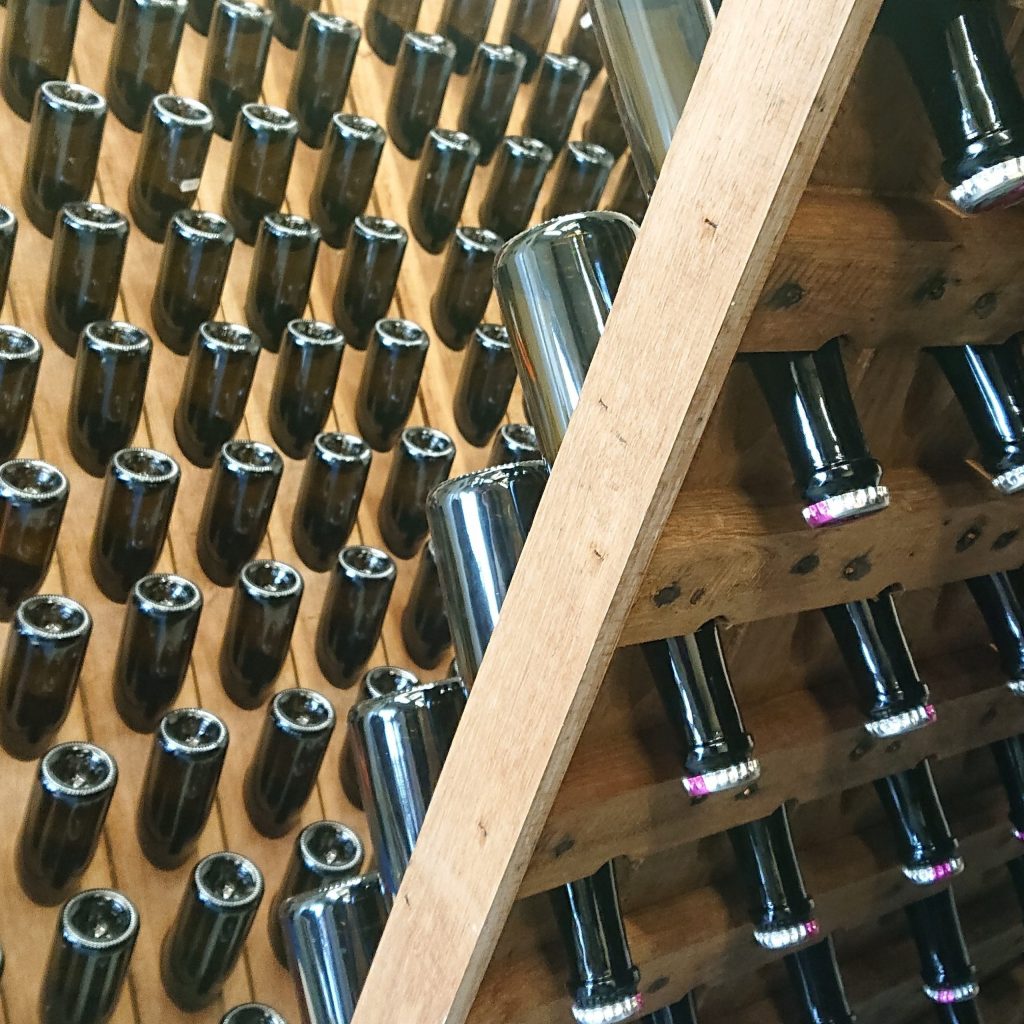
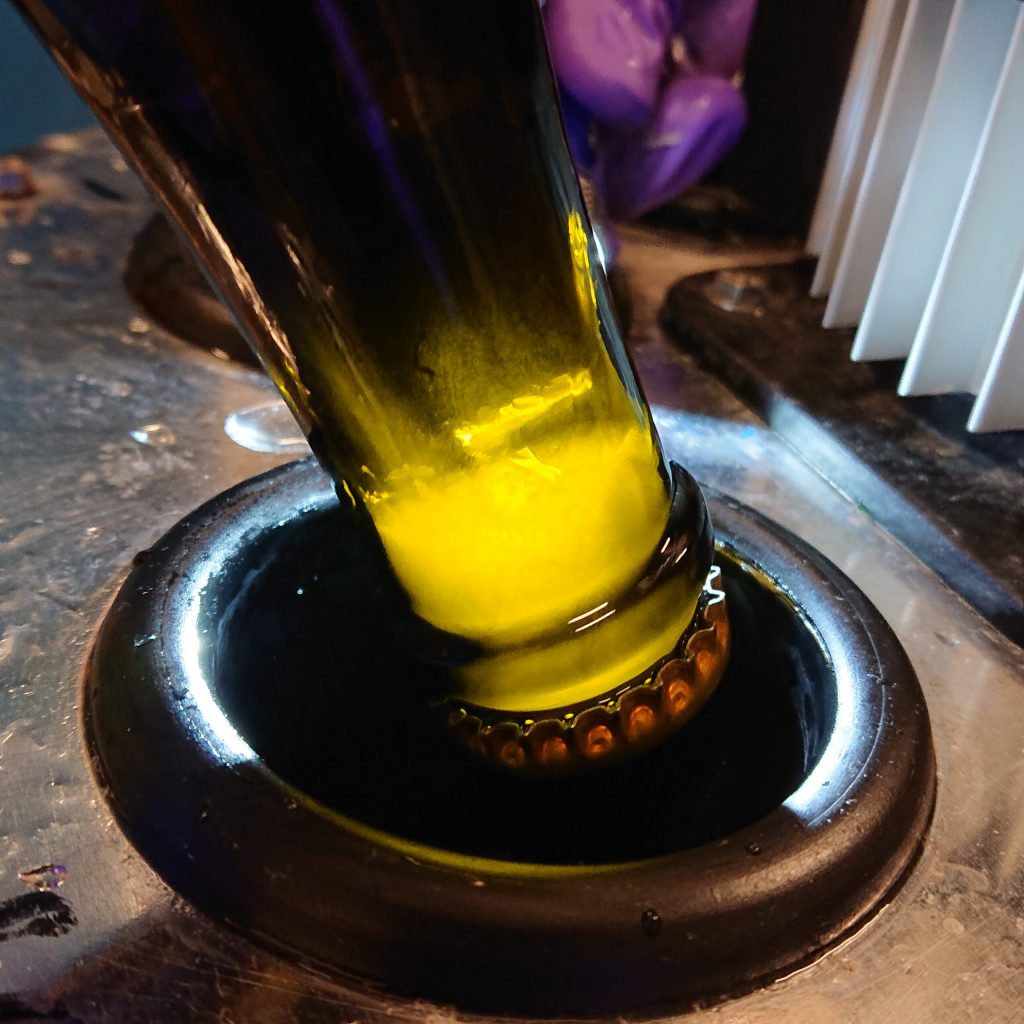
Riddling and Disgorging
The next step in the meadery is where we riddle and disgorge our mead. This is the process of moving the bottles gradually over a period of time from a horizontal position, to a near vertical position. At this point all the yeast in the bottle is consolidated in the neck and cap area of the bottle. This allows the neck to be frozen, encapsulating the yeast in ice ready to be removed from the bottle.
Then comes the moment of ‘disgorgement’. Where the temporary cap is removed and with a pressure in the bottle of around 90 psi, the pressure blows the icey yeast plug out, leaving only the Sparkling Mead behind.
The dosage in Sparkling Mead is kept the mead makers secret
The Finishing Touches
